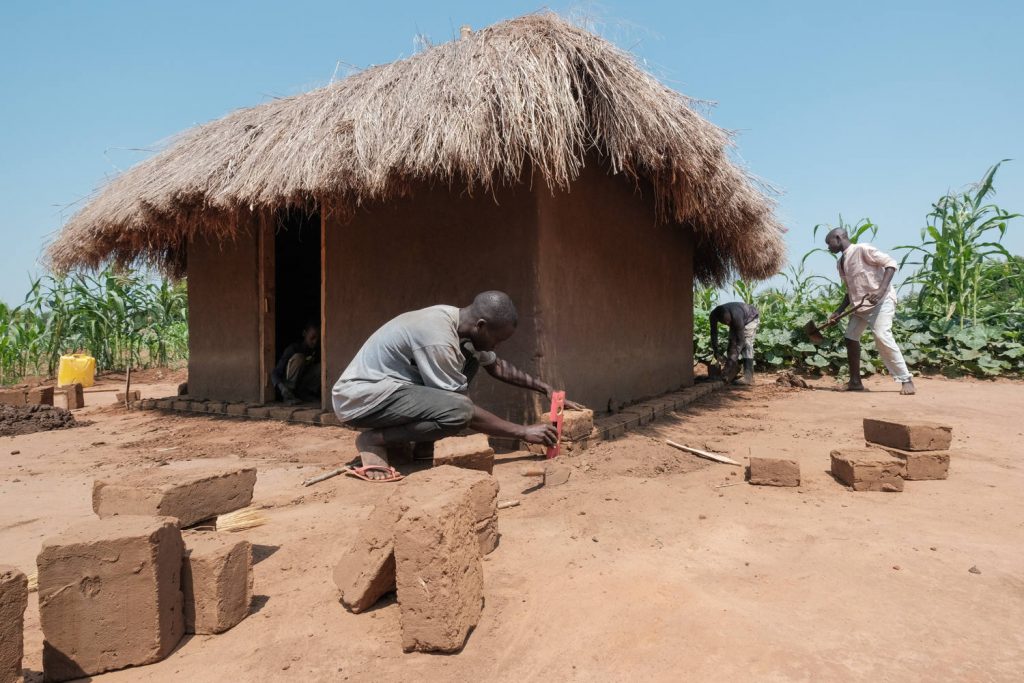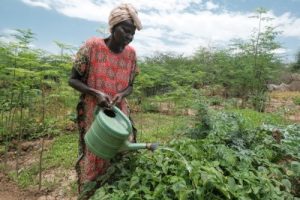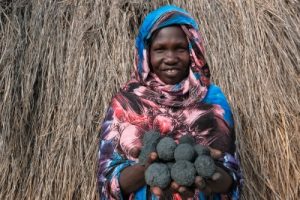
About
About
Guidance for a Landscape Approach in Displacement Settings (GLADS) is a European Union-funded initiative, led by CIFOR-ICRAF in partnership with key stakeholders. GLADS assists humanitarian and government actors, and local stakeholders in targeting landscape-level planning, implementation and rehabilitation that contribute to livelihood resilience of refugees and host communities.


Despite its relevance, the integrated landscape approach (ILA) had not yet been applied or adapted to refugee hosting or displacement settings. In response, CIFOR-ICRAF and its partners joined forces to collect relevant experiences and inputs. These drew on a literature review and field consultations with stakeholders in Cameroon (East region near Garoua Boulaï), Kenya (Kakuma Refugee Camp and Kalobeyei Integrated Settlement in Turkana County) and Uganda (Rhino Refugee Camp Settlement in Madi-Okollo district). We subsequently held wider national and regional consultations for further input, and co-designed guidance notes between January and August 2022. The results of the process are presented on this website and in a practical guide, freely accessible to all stakeholders.
GLADS offers general guidance to all stakeholders in displacement settings to shape landscape-scale collaborations and planning. The guidance notes are accompanied by practical examples from the sites and links to relevant instruments.

Map of GLADS field consultations
Why an integrated landscape approach in displacement settings?
Refugee influxes and their dependence on natural resources for construction materials, fuelwood and livelihood activities frequently exceed the carrying capacity of the natural ecosystem. This can lead to forest, land and soil degradation, and biodiversity losses, which can cause tensions with host communities. With refugees often staying for long periods, long-term support to livelihoods for both refugees and host communities has increasingly been considered critical during humanitarian interventions.
Most experiences in displacement settings build on sectoral approaches. However, there is growing consensus on a broader approach that involves stakeholders, institutions and management of agro-forest landscapes. Approaching sustainable development and resilience through ILA is increasingly recognized as a viable way to overcome sectoral gaps and find solutions through engagement of stakeholders at multiple levels and scales in refugee-hosting landscapes.
However, evidence on the ‘how to’ and potential outcomes is often unclear. There is a great need for concrete guidelines for ILA in displacement settings, and thus GLADS.
Framework landscape approach in displacement settings: Review and concept
GLADS offers overall guidelines, practical examples and links to relevant tools for targeting landscape-level planning and implementation. Future experiences by stakeholders in using GLADS will provide lessons on how ILA in displacement settings contributes to ecosystem and livelihood resilience of refugees and host communities.
DownloadConclusions and recommendations on GLADS
This guidance for an integrated landscape approach in displacement settings offers a conceptual framework, guidance notes, practical examples and links to relevant tools for landscape-level planning and implementation. While this product is the result of a synthesis of experiences from three specific displacement sites in sub-Saharan Africa, it can be applicable to many displacement settings around the world. GLADS will guide stakeholders in building context-relevant understanding, inclusive approaches, continuous learning, and outcomes towards sustainability and resilience in refugee hosting or displacement settings. GLADS can be integrated into existing site, subnational and national government processes. Resources need to be allocated for meaningful participation, implementation and monitoring to achieve outcomes for livelihoods and landscape restoration.
These guidance notes require further contextualization to site-specific realities and priorities, as much as continuous improvements for wider application. As such, further learning in multiple sites is encouraged and will be promoted. This will contribute to a greater understanding on the importance of and most effective ways for adopting an integrated landscape approach for sustainability and resilience in refugee hosting or displacement settings.





